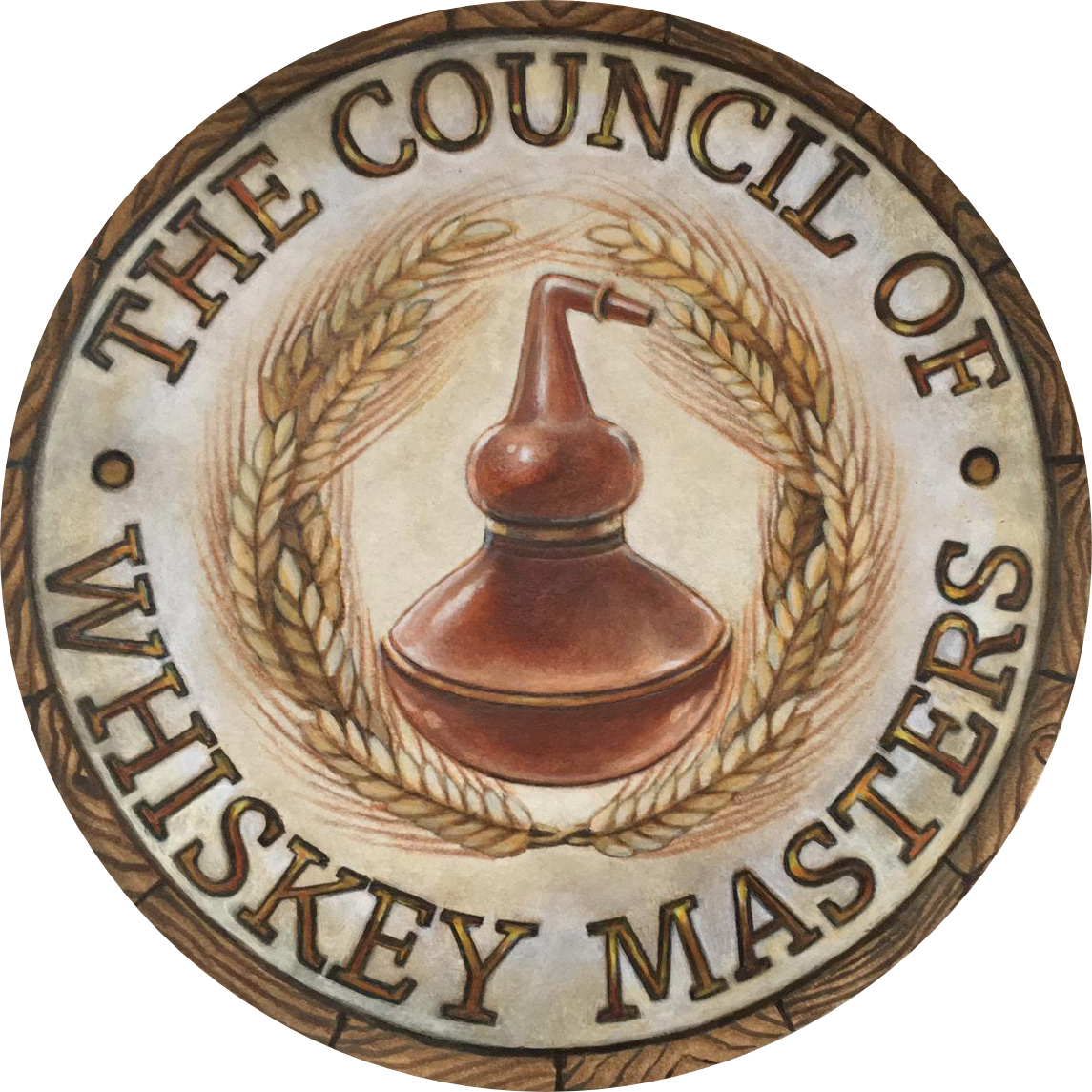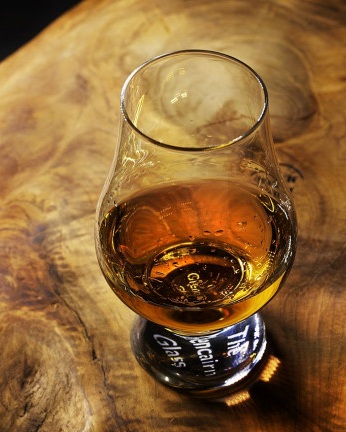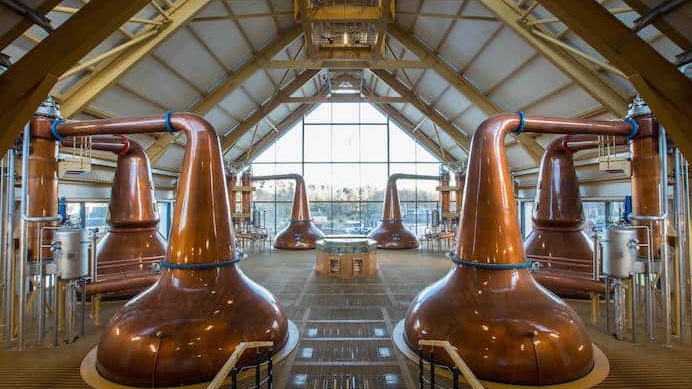The Difference between Whiskey, Scotch and Bourbon
An Introduction to the Exciting World of Grain Spirits and How to Learn About Them.
Whiskey is the most widely known and perhaps most exciting among the spirits. It is the distilled product of fermented grains, usually in some combination corn, barley, wheat or rye. However, there is widespread confusion about the naming of whiskey types, their base flavors, and how to think about them. The overall term for the beverage is certainly whiskey, either written with or without an “e” before the “y” (Whisky vs Whiskey). The two most important expressions of whiskey are Scotch and Bourbon.
Scotch
Scotch is whiskey made in Scotland and we traditionally differentiate Blended Scotch and Single-Malt Scotch as the two most important styles in the category. Over the last two decades, Scottish single malts have experienced an enormous growth, as the world has discovered the great potential for flavor and character of this whiskey-making style. There are only just above 100 Scotch distilleries in Scotland, so that the study of the overall Scotch population becomes a manageable pursuit.
All regions of Scotland produce scotch and they can be organized by more or less subtle flavor differences that are typical for each region. Most notorious of all, the island of Islay makes an extremely distinctive style of Scotch, usually featuring a heavy peat character that makes these Scotches famous and unique around the world. But the other main regions offer stylistic differences among them. Notable regions include Campbeltown, Speyside, the Lowlands as well as of course the Highlands.
Any serious study of whiskey should perhaps start with the greatest whiskey of all: Single-Malt Scotch. Within this category we find all the exciting and multi-dimensional flavors represented. And given the fairly small set of producers, we can discover multiple house-styles and nuances due to various bottlings that each producer offers with consistent quality over time. Scotch flavors are influenced by many different aspects that makes study worthwhile, including the type of distillation, the length of maturation, peated vs. unpeated, the grain recipe, and many other factors.
Bourbon
While some say that Scotch offers the most classical and iconic whiskey flavor in the world, ironically the flavor of most Single-Malts fully relies on barrels that have been used prior in a similar but somewhat competitive whiskey category: Bourbon. Bourbon is clearly the American counterpart of Scotch, hailing from the State of Kentucky but can today be produced anywhere in the United States under the bourbon name, as long as specific legal requirements are held up. Bourbon has a distinctively more sweet flavor profile and is easily differentiated in a blind tasting from Scotch. Bourbon barrels have to be brand new, which means that the distiller cannot use oak barrels for future bourbon making after at first time of use. These barrels are rich in flavor and are often a sold to Scottish distillers for the production of Scotch.
While Scotch is usually based on barley as the main underlying grain used in the distillation process, bourbon is based in majority on corn. In addition to this fundamental difference several other aspects of the production process are different among these leading types of whiskey.
A Variation of Scotch: Ireland
A Variation of Bourbon: Tennessee Whiskey
The two great categories of Bourbon and Scotch dominate the awareness of spirits consumers around the world. Very often we hear someones speak about Scotches, who then notes that the prefer that ones from Kentucky. Vice versa, attendees of a dinner party would comment that they don’t want they don’t enjoy the heavily peated Bourbons, in fact referring to Scotches or at least Whiskeys as the wider category.
In close proximity to Scotland, the country of Ireland has established its own character of whiskey, applying somewhat different distillation methods and offering flavor profiles that have developed typicity. Similar of that relationship between Scotland to Ireland, but on the American continent, we find a thriving whiskey culture that is not all based on Bourbon alone. In fact, the best selling American whiskey is actually Tennessee whiskey rather than Bourbon. Legally, Tennessee whiskey is even more tightly regulated than Bourbon, and neither Kentucky nor Tennessee residents enjoy hearing that their fine spirit is confused with the somewhat competing neighbor’s. To the benefit of the consumer, today we find a large variety of creative whiskey flavor profiles around the United States.
Beyond Bourbon and Scotch
Other countries outside the United States and the British Isles have also made their mark in fine whiskey production including Japan, with some of the softest water on earth facilitating a unique approach to whiskey making, and also Taiwan, or the exciting recent contributions of Canada. Even less known countries like France and Australia have now geared up to make high-quality whiskey and have gained respect.
Flavor Appreciation in Whiskey
All high-quality whiskeys have in common an interesting set of flavor characteristics and aromas that the interested beginner as well as expert identify and evaluate in a systematic tasting: Flavors based on the grain may be traced back to the specific grains used in whiskey: corn, rye, barley and wheat. The malting process would usually leave compound traces that remind of cereals, cocoa, or malted barley. Sweet aromas including maple syrup, caramel, vanilla, butterscotch, chocolate and honey are often found in Bourbon more than in scotch. Spices can be differentiated into savory spices, like garden herbs or spearmint, as well as and brown spices that can include cinnamon, coffee, tobacco leaf, clove or even black pepper. Some impressions on the palate remind of fruits that we are already familiar with from the world of fine wines, like apple, grape, cherry, pear, lemon, tropical fruit, blueberry, raspberry, peaches and apricots. Some whiskeys also show a distinct floral aspect, reminding of rose petal or violets. The impact of oak becomes more noticeable the more time the whiskey is spending in oak, showing aspects of toast, smoke, cedar or pine, and even nutty flavors like almond, walnut or pecan. In any typical tasting session it is common to hear whiskey experts talk about the overall palate and style of the whiskey; they may for example describe a whiskey as light, rustic, flavorful, peaty, or full.
Advancing Enjoyment and Expertise Through Certification: Enter the Council of Whiskey Masters
The enjoyment of whiskey is open to the new discovery of drinkers who have already seen the beautiful complexity and fascination in the world of wine and are looking to take their hobby in beverages to the next step. Both wine and spirits consist of large and colorful industries around the world, with hundreds of thousands of specialists making a living in the field and seeking industry-leading knowledge to become respected authorities in these fields.
So, how do I become a whiskey expert, or scotch expert, or bourbon expert? For hobbyists and professionals alike, the various whiskey certifications of the Council of Whiskey Masters are the best starting point to discover and deepen the passion for fine spirits, and to gain mastery in this fascinating class of beverages while earning the respect of the leading experts in the world. Passing any of the 4 study levels offered signals competence to customers and colleagues we interact with. While the wine industry already has an excellent infrastructure of knowledge building, competency certification and career path through systematic and respected study programs, the four-level program at the Council of Whiskey Masters is unique in the world to provide whiskey enthusiasts from anywhere in the world a clear road map towards expertise.
The 4 Levels of Whiskey Competence
Starting with Level 1, students can decide to initially focus on either Scotch or Bourbon to fundamental competence on either whiskey type. Candidates who pass a 100 question exam either receive the title Certified Scotch Professional (CSP) or Certified Bourbon Professional (CBP). Graduates from Level 1 maye decide to integrate their base knowledge with the wider world of whiskey essentials including and exceeding both Scotch and Bourbon content, and they sit for the Level 2 exam leading to the Certified Whiskey Specialist (CWS) diploma. Level 1 and Level 2 are both based on distance study and rigorous multiple choice exams that can be taken anywhere in the world at a local exam/testing center. Taking the next step to mastery leads through Level 3, the respected and rare “Master of Scotch” designation. This level requires detailed competence in the various classical Scotch producers, which must be demonstrated by the passing of a practical exam conducted either in Kentucky or Scotland and is based on the blind tasting of 36 difference scotches. Those who earn the title of Master of Scotch can then decide to expand their mastery to the global level of whiskey, including all other important whiskey types. This Level 4 success, to earn the Master of Whiskey title, will be demonstrated in yet another 4-day exam covering 36 global whiskeys tasted blind while also passing an oral theory examination, covering of the greatest spirit on earth comprehensively.
Find detailed information about the leading whiskey study program at www.WhiskeyMasters.org.
Contact us to get more information and to enroll in the study program now.



